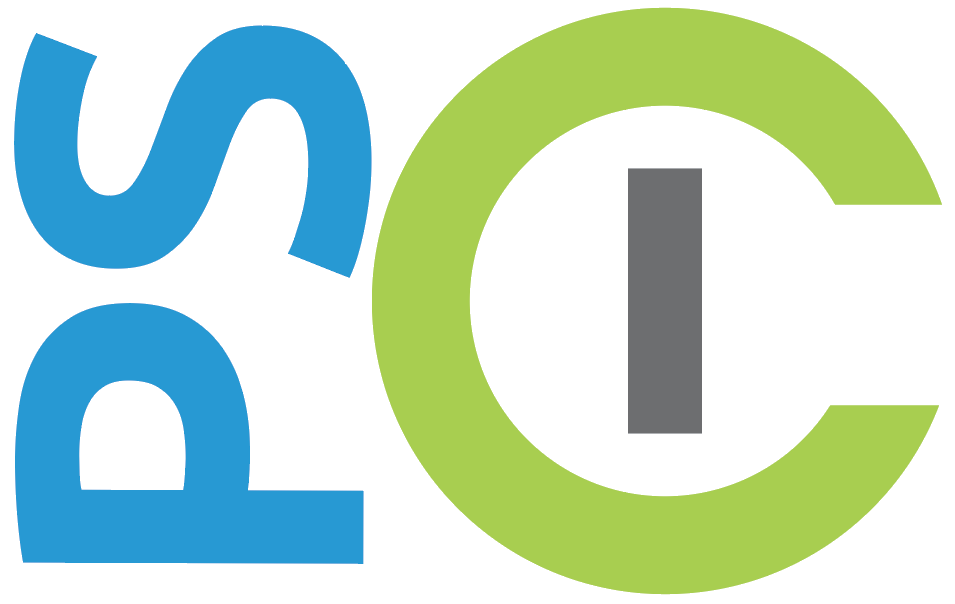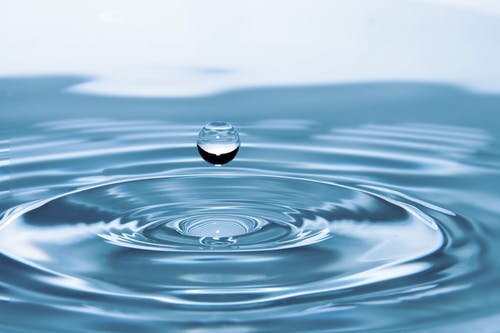Why Do We Need to Use Water Responsibly?
Contributor: Aneesh Patnaik
Water Drop/Pexels Stock
The world’s water content is 97% salt water, which leaves only 3% of the remaining water as freshwater. Out of this 3% of water, 66% is trapped in glaciers and polar ice caps, while most of the 33% usable by humans and other living things is underground, so there truly is not a lot of water for living things.
With how little freshwater there is available, nearly 800 million people don’t have access to potable water. Over half of the world’s population live under water stress at least one month a year, and nearly 2 billion of these people are from the poorest regions of India and China alone.
It’s estimated that the total need for water will have doubled by 2050, due to growing domestic usage as a result of mass migration from rural to urban areas. Growing populations also mean increased industrial and agricultural use of freshwater. With the amount of freshwater we already have being limited, and the ever-increasing demand for it, we must use water responsibly to ensure that we have a future on this planet.
Behaviors or Practices That Can be Changed to Save Water
Some ways we can directly change our water footprint:
Turning off the tap while brushing teeth
Using water-saving/low flush toilets
Installing water efficient shower heads and taking shorter showers
Catching water in a bucket while waiting for the shower to heat up; you can use this water for anything, from washing dishes to watering plants
Not taking baths or using less water in baths for kids and pets
Only washing clothes when necessary, and washing clothes in fuller loads
Composting food scraps instead of sending it down the drain/sink garbage disposals, which increases the load for water treatment facilities
Installing a foot pedal for a sink, rather than the conventional knobs or handles
Examining household water taps, pipes, etc, more often and to prevent leaks, both inside and outside your home
Using a rain barrel to collect rainwater, which can be used to maintain a garden
Mulching your garden, as mulch conserves moisture and can keep up to 70% more water
Using drip irrigation instead of sprinklers
While we can directly decrease our water footprint, relatively easily by adopting certain behaviors and practices, we can also do the same indirectly by changing some aspects of our lifestyles, especially if widely adopted:
Eating less meat, specifically red meat
Beef is the most water-intensive source of protein to produce as it needs 15000 liters of water for one kilogram or 2.2 pounds. This is followed directly by other red meats. Plant protein sources, such as beans, lentils, and peas are much less water-intensive to produce, and even other meats like chicken require less water to produce.
Choosing tea over coffee
Coffee beans are much more water intensive than tea leaves, resulting in one gallon of brewed coffee needing more than 1000 gallons of water, while one gallon of brewed tea only needs about 100 gallons of water.
Shopping locally for produce
Producing gas for cars and trucks requires a lot of water, so buying imported goods results in overall higher water consumption. In general, reducing the distance your food travels from farm to table will help save more water, and will result in fresher food!
Buying longer lasting or better made clothes rather than fast fashion/cheaply produced clothing
Cotton fabrics and denim are known to be very greedy fabrics as they require a lot of freshwater to produce. Especially if these products are cheaply made, they may need to be replaced relatively quickly, resulting in even more water being used to manufacture even more of these kinds of products,
Getting Over Barriers to Widespread Water Habit Changes
Quite often, government campaigns that seek to educate the public on water saving habits do not do enough, as seen in Hong Kong, one of the highest per capita fresh water users of the world, as well as many other places in the world. Most of these campaigns end up only trying to teach citizens about the different ways that they can save water, however this leaves citizens with a lack of motivation: If saving water adds stress to one’s life or inconveniences them and it does not seem to be that detrimental directly to said person, they would obviously not want to change their behaviors. This is why water saving campaigns must seek to break the knowledge and motivational barriers, by educating the public on the environmental impact of high fresh water consumption, the actual amount of water they are consuming, and about having “a cautious attitude about the water bill amount” (Ying Zhao, Yani Bao, and Wai Ling Lee). Once these motivational and environmental barriers are broken down, society will be much more likely to change its water habits.

